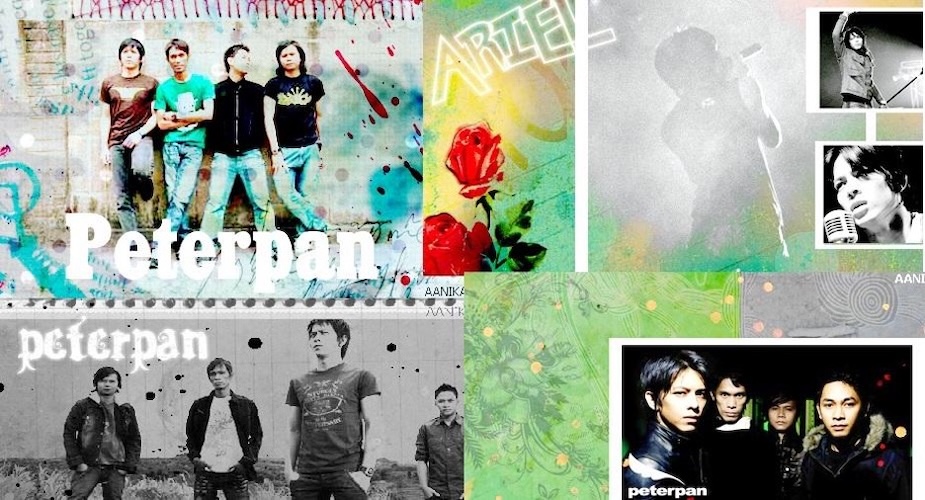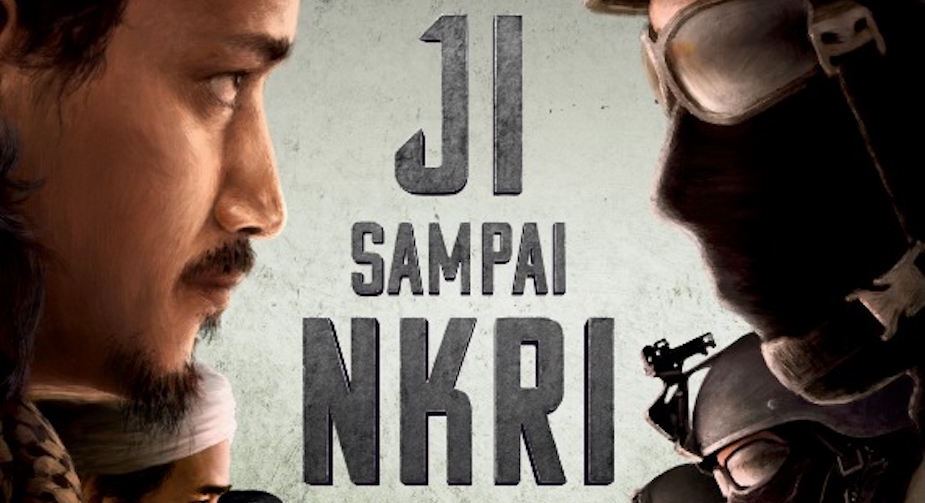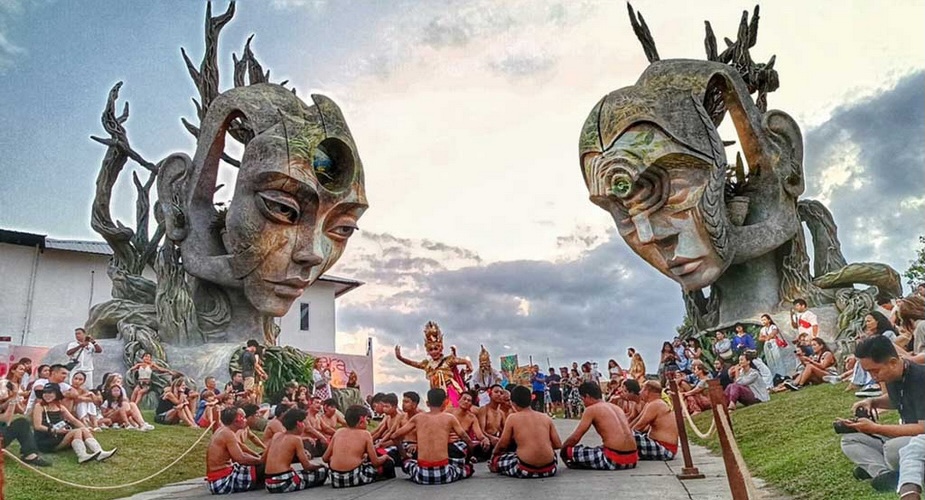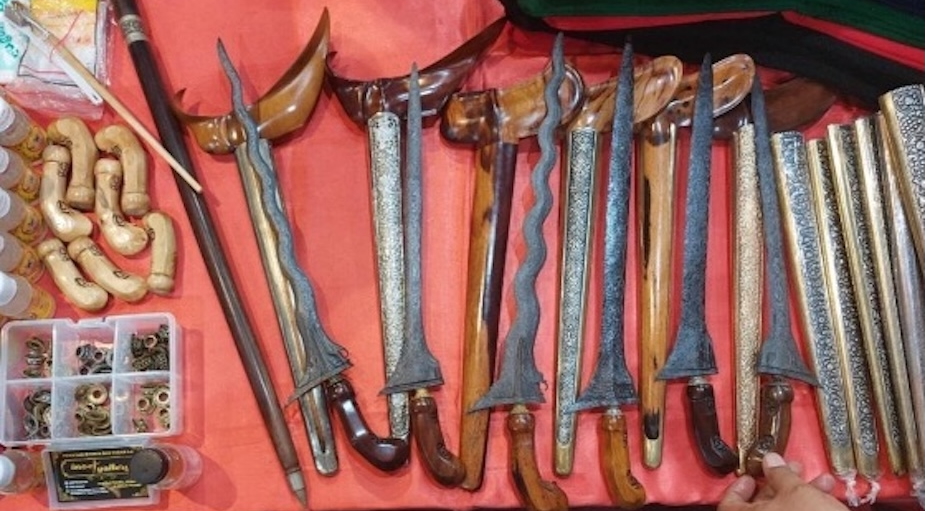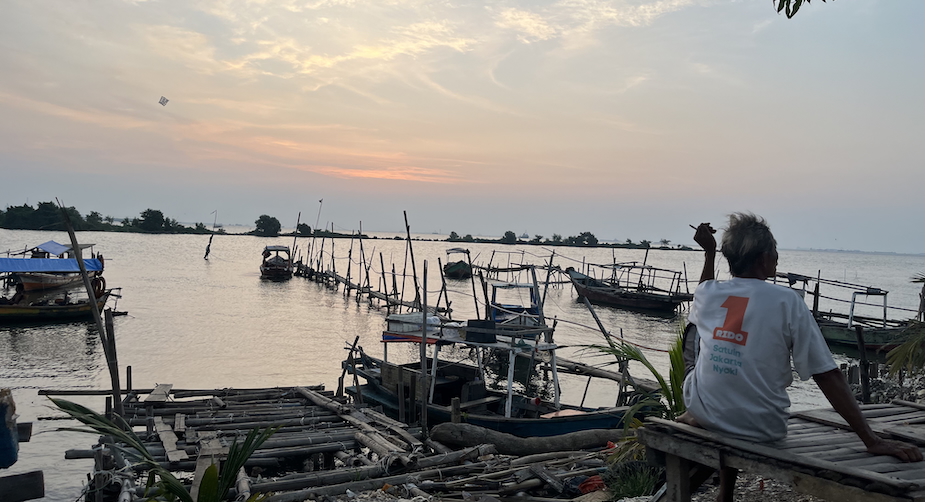LAINE BERMAN sheds a tear for the late great Indonesian comic.
You probably didn't know that the Ministry of Culture and Education celebrated National Comic and Animation Week in Jakarta last February. Now that you do, you may ask, why comics? And, in the shadow of the great krismon (krisis moniter, monetary crisis), why now?
Comics need printing technology and people who can afford to buy them. They did not take off until after World War II. Once the imported, translated cartoon strip became established in the local press, it spurred on the indigenous cartoon. Bind a string of strips together and you have the comic book, referred to as cergam (cerita bergambar, story with pictures).
The first Indonesian comic books in the 1950s were American look- alikes. But while Flash Gordon flooded the local markets, an Indonesian artist named R A Kosasih began to print Sri Asih in 1954, the precursor to his famous comic versions of the Mahabarata and Ramayana.
Golden Age
The 1960s and 1970s saw a proliferation of locally produced copies of foreign comics, adaptations of Chinese kung fu legends complete with Chinese settings, alongside Indonesian martial arts (silat) adventures and traditional hero legends.
This was the Golden Age of Indonesian comics. Everybody was reading them thanks to a brilliant local innovation, the comic rental kiosk. Many Indonesians have described for me their happy memories of sitting under a tree beside a huge pile of comics they just borrowed from the rental kiosk!
Back to the seminar in Jakarta. The comic artists who attended said afterwards they felt thoroughly uninspired. Even the lucky Yogya artists who won the prize for best original comics in 1996 and 1997 confess that their comics remain unavailable to the wider market, even though they are now published by the government publisher Balai Pustaka.
Among them are Ahmad Faisal Ismail (Muka Kacang), Yudi, Yaddie, Eri and Arief (Kecoa), and my favourite, Tim Kirikomik-Djogdja (Ayam Majapahit). These excellent original and very indigenous efforts are not sold in shops nor are they even listed in the publisher's catalogue!
Most speakers at the seminar ignored current realities in favour of historical views on the genre. Some claimed the Indonesian comic originated in the relief sculptures that decorate ancient temples, in the scrolled picture stories known as wayang beber, or in the lontar palm leaf manuscripts.
But no one mentioned that President Sukarno in the 1960s used to accuse comic artists of subversion and denounce their work as Western poison. In the Suharto era, too, comics have been attacked for fostering laziness. This is what killed the Golden Age of comics.
Today, something of a comic revival has taken place. But it is not one that benefits Indonesian artists. The president of Indonesia's largest book chain, Gramedia, says that imported comics are now their strongest sales. Ninety percent are from Japan.
It costs more to produce a local comic than buy the rights to established foreign comics. This has added to the squeeze on local comic artists. The modern Indonesian comic suffers from little support from local buyers, little opportunity for publication, a local tradition murdered by foreign marauders and presidents alike, and the scrutiny of the Minister of Information, who requires an application for permission to publish that must include no less than 20 official letters on top of a stamp from the local police attesting to a lack of political motivation. Where was any of this in the National Comic Seminar?
Even the independent comics, which definitely do exist, suffer from neglect. Bold, exciting efforts have appeared among Yogya art students, only to disappear again because of political harassment, lack of public interest, lack of economic support, personal frustration, or just because of the recent rise in paper and photocopy costs.
So why did the Ministry hold a National Comic Week and promise to revive the ailing Indonesian comic industry? Who knows?
Dr Laine Berman teaches at Deakin University, Melbourne. She wrote the Indonesian chapter in J Lent (ed), 'Illustrating Asia: Comics, humour magazines and picture books' (Curzon Press, out soon).

